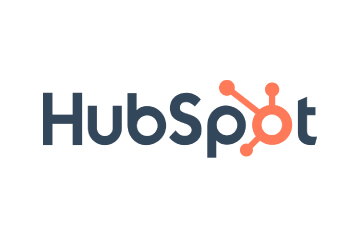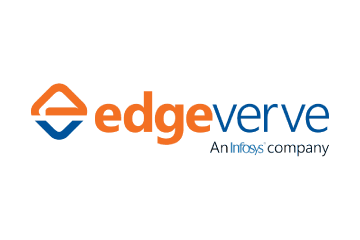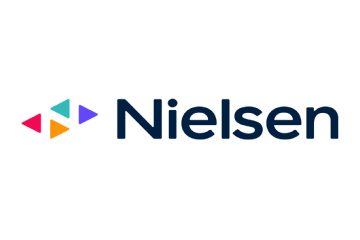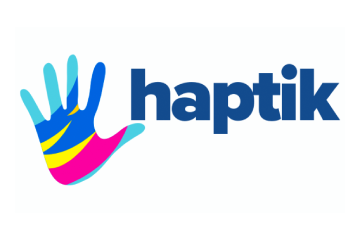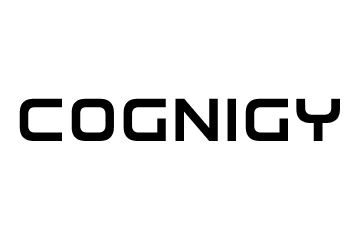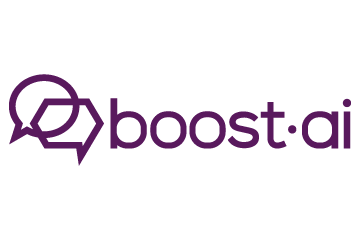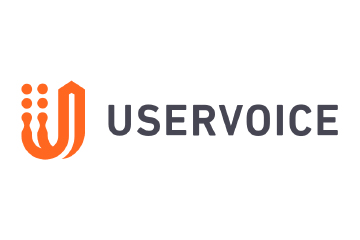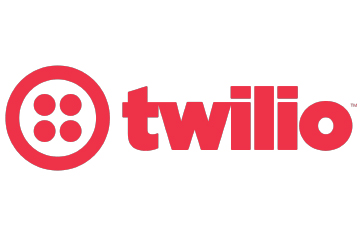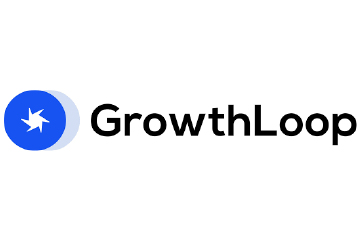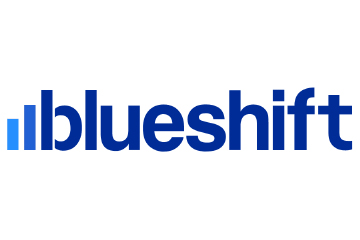Wiggle Out Customer Niggles
Customers are not happy with satisfactory results, they want a seamless and hassle-free experience – meaning there is no room for errors and niggles “Understanding your customer’s possible pain points at every touchpoint is CX 101,” said Nathalie Schooling, CEO of nlighten. Let’s take the pandemic, digitisation and the technological developments across industries into consideration: […]
Topics

Customers are not happy with satisfactory results, they want a seamless and hassle-free experience – meaning there is no room for errors and niggles
“Understanding your customer’s possible pain points at every touchpoint is CX 101,” said Nathalie Schooling, CEO of nlighten.
Let’s take the pandemic, digitisation and the technological developments across industries into consideration: the increased change in customer expectations due to these dramatic changes has forced brands to take it up a notch. “just satisfactory” results won’t cut it anymore. Moreover, customers want more than just a seamless experience. They want to be impressed and pleasantly surprised with no possible pain points, especially at the point of sales (POS).
“Compassion and true customer centricity are what will drive your business,” said Christopher Penn, co-founder and Chief Data Scientist, Trustinsights.ai. An IBM study indicates that 78 per cent of customers do not feel understood by brands. Experts reckon the key is to speak to customers with a “we see you, we feel you” attitude.
Using emotional triggers in landing pages of websites can address specific customer pain points. It’s a powerful strategy to address the pain point head-on and be the solution provider. According to research, 62 per cent of customers want marketing content to address pain points directly.
With complete transparency and efforts to eliminate those pain points, customers might find themselves having a seamless experience at POS. Hence, it’s crucial for sales and marketing strategies to be aligned and address customer niggles. With precise and transparent brand storytelling, customer loyalty, brand reputation, sales and revenue are all bound to increase.
An effective method to shape a new behavioural shopping trait is to analyse customer moments of truths — the first-time experience moments in a consumer’s buying journey that have a special impact on them. For instance, plant-based meat manufacturer Beyond Meat drove their customer acquisition by creating positive first-time experiences for customers. It collaborated with restaurants and delivered free Beyond burgers to hospitals and community centres.
Such moments of truth and those negative customer feedback stories added to cart abandonment statistics or churn rate numbers can help brands understand and address possible and recent additions to the list of customer niggles, especially at POS.
With the possibility of all data viewed together with a click of a button, retail POS software has been a game-changer for brands in the last few years. Business leaders have discovered the benefits of accurate customer forecasting with the data and the foreseen requirement of shelf restock for popular products. According to a Forbes survey, 41 per cent of retailers reported an increase in overall inventory shrink with the software, ultimately eliminating a critical customer pain point – “out of stock” notifications.
Most brands choose various POS software systems to figure out all possible pain points. While product costs, availability, check out, and payment issues are some of the most common customer niggles, others have been ignored for decades and surfaced only in recent times.
#Niggle1: It’s Dull Without Personalisation
It’s not just a benefit or added element for “extra marks.” Personalisation has long become an expected part of CX, which can massively decrease churn rate and improve loyalty. According to a recent Yotpo report, 68 per cent are willing to share information if the brand offers more personalised loyalty experiences and rewards.
Businesses that focus on personalising their services and products enjoy improved conversion and retention rates. Most brands have CRM software, but only some use them to target customers. Experts recommend brands utilise an ERP, such as Dynamics 365 with CRM modules.
“Real personalisation is a data-driven process. It’s about collecting data and segmenting it correctly to improve on the customer experience,” said Schooling.
Segmentation is an effective use of customer data, and brands can automatically analyse the data depending on various factors such as behaviour, demography, and geographical location. In the end, it helps optimise personalisation strategies without a one-size-fits-all approach.
Hyper-personalisation is an agreeable strategy for customers. According to an Accenture report, over 80 per cent of consumers want brands to understand their choices better and reimagine customer expectations. AI can create patterns from data to produce meaningful insights and assemble segments of personas. Brands can then form hyper-personalised and relevant content for those personas. Customers looking for sweatshirts online will soon find emails with the best offers and the latest designs of sweatshirts in their email inbox, making shopping a better experience and not a lost cause.
#Niggle2: Say No To An Outdated Website Experience
Having a stellar website experience and a seamless website navigation process on a desktop is not enough. Sometimes, brands forget that maximum eCommerce shoppers prefer to use their mobile phones for shopping. It has become critical that Google now incorporates mobile website performance into its ranking algorithm, pushing clunky websites in the lower section of search result pages (SERPs).
On the other hand, leveraging technology to level up website experience is recommended. Chatbots and virtual AI assistants have become a common element in improving CX. Research states that eight out of 10 customers report positive feedback after engaging with a website or an app chatbot. While AI-related tech is a good strategy, experts recommend brands use disruptive technology to deliver the oomph factor to customers and leave them less frustrated.
#Niggle3: Top Notch SEO, Online Research Please
A search engine optimisation can improve brand reputation and enhance CX. Customers are always hoping to find all their answers on the website and brand blogs, so it’s critical to implement an SEO strategy that is customised and branded across channels.
Some experts claim marketing taxonomy can help marketers enhance their customer experience strategies to know when and how customers want information. With proper categorisation, brands can generate highly targeted campaigns for their customers. Apart from Sprinklr, Oracle and Sitecore, several platforms offer marketing taxonomy services.
Marketing taxonomies can also help create multiplatform messaging that ensures a seamless customer experience across touchpoints. It also helps scrutinise search-related problems and improve analytics. Enhanced content development is possible by mapping out customer journeys on every level.
Niggle#4 Sorting The Checkout Hassle
According to a report, the average rate at which a consumer abandons their shopping cart before making a purchase is over 84 per cent. According to the Baymard Institute, the most common reasons behind customers abandoning shopping carts includes expensive shipping fees (55 per cent), websites asking customers to create a unique sign up (34 per cent), complicated checkout processes (26 per cent), distrust of the site with regard to credit card information (17 per cent), technical snags like errors and crashes (17 per cent) and rigid payment options (6 per cent).
Exit-intent pop-ups or layovers are an obvious strategy to try and retain customers and work by reminding visitors to complete their purchase just before they exit the website. Cart abandonment solution Adoric integrates with Shopify and creates these attractive pop-ups tested to give you higher chances of converting your visitors into returning customers.
Niggle#5 No More Frustrating Tracking And Delivering Processes
According to a study conducted by Sapio Research, there is an increasing volume of order errors, with 37 per cent of buyers reporting errors with online orders at least weekly, and 11 per cent reporting errors daily. As a result, 46 per cent of respondents find their productivity and efficiency levels affected. At the same time, they contact the supplier to fix the issue, and 46 per cent are experiencing delays in the already complex supply chain.
Customers want to be informed of every movement of their purchase and ask for a guaranteed timeline for the product en-route, until it reaches their doorstep. Experts suggest smart shipping software to eliminate this customer pain point.
If you liked reading this, you might like our other stories
Buyers Have Evolved, Suppliers Are a Step Behind
Get Your Data Machine Learning Ready













